Tank Abandonment in Place
Abandoning an oil tank in place is a reasonable alternative to removing the tank when there are physical impediments to removing the tank and/or removing the tank would be prohibitively expensive.
Facts to consider about abandoning an oil tank in place.
1. Removing an oil tank and abandoning a tank in place are typically the same cost. This is due to the fact that to do either method, you will need a permit, you must excavate the tank, the tank gets cut opened and cleaned of oil, the tank must be filled with an inert material after cleaning and soil sampling as well as a report will be drafted to document the work. This is necessary for any future real estate transaction.
2. Most tanks can be removed , remember most all tanks were buried after the house was built (foundation installed), so removing tanks that are close to a foundation can typically be completed.
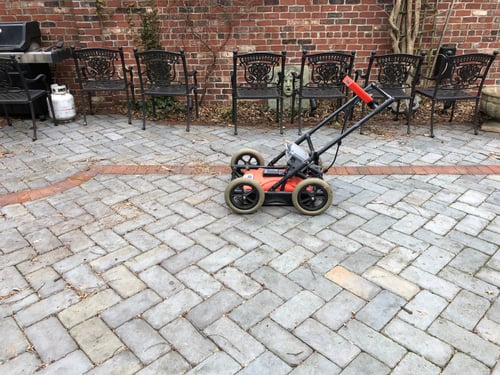
3. People are under the belief that they can avoid finding a problem with an oil tank by abandoning the tank in place. In realty any purchaser or mortgage company is going to want to know 100% did the tank did not leak. Like determining your cholesterol level, you determine if a tank has leaked by testing. With a tank you are going to abandon in place, you can sample UNDER the tank but cutting access holes in the bottom of the tank called coupons.
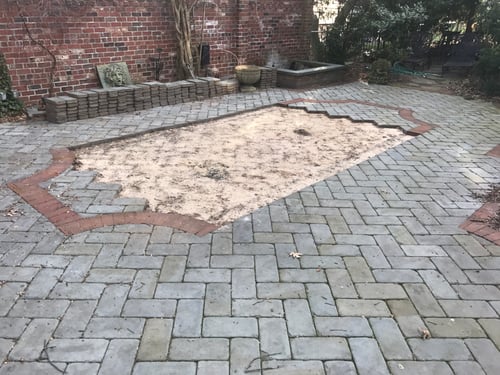
That said, there are absolutely circumstances where it is better to leave a tank in place. These situations are when tanks have a physical impediment to removal, such as a patio, deck, structure, pool, etc. In these circumstances, removal may not be possible or simply would be excessively expensive to remove. This is common on certain commercial sites so certain procedures have been put into place to manage these tanks which have been followed for years.
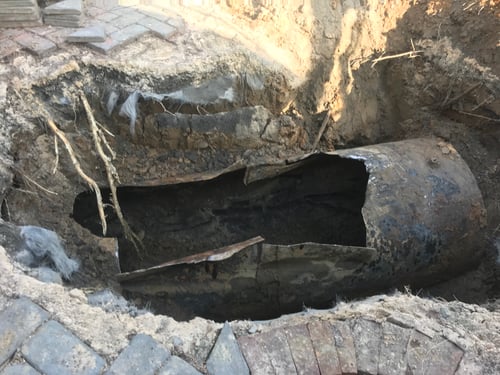
Proper Tank Closure (*Tank Abandonment in Place) are as Follows;
1. Apply for local permits.
2. Obtain a public utility markout.
3. Excavate to expose tank.
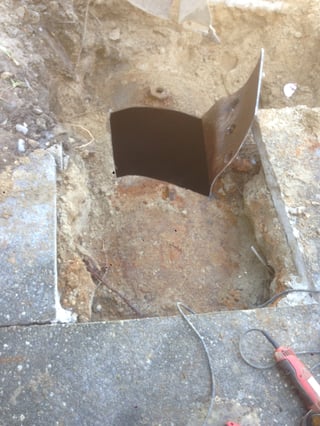
4. Cut hole in top of tank, enter tank and remove all liquid.
5. Complete site assessment by cutting holes through bottom of tank and obtaining soil samples to submit to licensed laboratory for analysis.
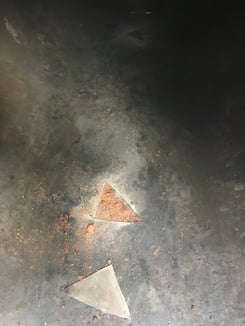
6. Obtain inspection of tank activities by local construction office.
7. Fill tank void with fill material equal to tank void.
8. Backfill area excavated to access the tank.
9. Prepare a report that documents the tank closure activities.
Still have questions? Our office is available Monday to Friday 8:000 am to 5:00 PM Eastern Standard Time 888-301-1050, call or submit the form on the right of the page and an environmental manager will get back to you.

